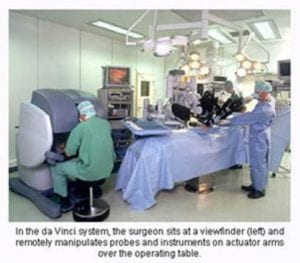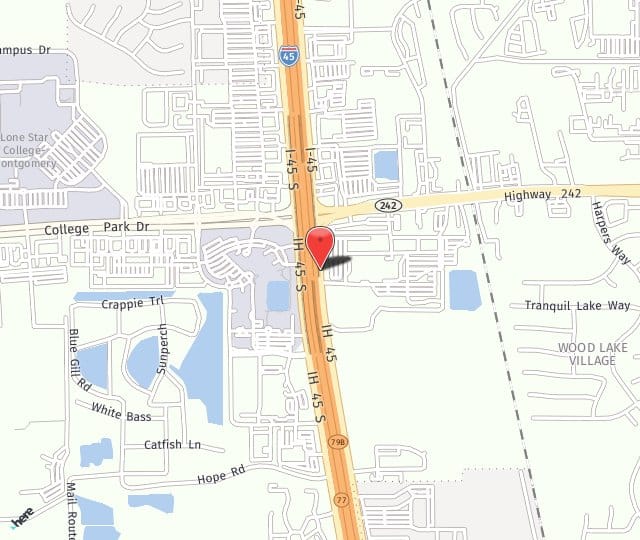What Is A Hysterectomy?
A hysterectomy pertains to the removal of the uterus (or womb) resulting from problems of excessive bleeding, pain, prolapse, or excessive growth. The decision to surgically remove the uterus can be a difficult one. The Department of Health and Human Services reports that one-third of US women will undergo this procedure by age 60.
Helping You Explore Your Options
When it comes to considering a hysterectomy, you’re not alone. It is the second most common major operation that women undergo. In this section, we’ve outlined the surgical options for you to consider, and what questions to ask. This section of our website is written under the assumption that alternatives to a hysterectomy have already been considered and the decision to proceed with surgery has been made by you and your doctor.
Hysterectomy Surgery Options
There are three basic ways to perform a hysterectomy. The method chosen will be determined by your physician based on their experience and expert opinion in handling your condition.
An abdominal hysterectomy is done through a large incision across your lower abdomen, similar to a cesarean section scar. This allows access to remove a large uterus or cyst with ease. This is still the most common method of performing a hysterectomy. This method involves the most post-operative pain and the longest recovery period of six to eight weeks (6-8 weeks). Your expected hospital stay is two to four days (2-4 days).
A vaginal hysterectomy is the removal of the uterus through an incision in the vagina. There are no abdominal incisions and there are no external scars. This is the oldest method of hysterectomy and it is still used for cases involving prolapse or a small to medium-size uterus. For most women, the pain is minimal, and the recovery period is shorter than an open approach. Expected recovery time is two to four weeks (2-4 weeks). Recovery may be longer if additional procedures for vaginal prolapse or bladder leaking are also performed.
Laparoscopic surgery is done through several small incisions placed strategically in the abdomen. A camera is used to visualize the pelvic cavity, and the surgery is performed using long, thin instruments called trocars. Since the development of laparoscopic surgery in the 80s, the instruments and technology have advanced greatly, making this a very safe and effective treatment approach for most patients in need of a hysterectomy. The incisions are small, and the post-operative pain and recovery time is similar to that of a vaginal hysterectomy. Most patients have an overnight stay in the hospital with this procedure and are discharged home the next day, depending on their recovery process.

Addressing Your Concerns
Should the Cervix be Removed?
Removing the cervix is called a total hysterectomy and leaving the cervix is called a subtotal hysterectomy. Total hysterectomy is by far the most common. Removal of the cervix eliminates the possibility of abnormal pap smears and cervical cancer. The argument for a subtotal hysterectomy (not removing the cervix) is that it helps to preserve sexual feeling and prevent prolapse of the uterus in the future. There is not a lot of evidence supporting these possible arguments. Leaving the cervix may require its removal later. One advantage of leaving the cervix is that there is less post-operative pain and return to sexual activity can occur sooner.
Should my Ovaries be Removed?
In the past, the belief was that after the age of 40, the ovaries should be removed at the time of hysterectomy to reduce the risk of ovarian cancer. More recently, the recommendations are not to remove the ovaries unless they are abnormal, causing pain, or there is a strong family history of ovarian cancer. Premature removal of the ovaries can result in an increased risk of dying from cardiovascular disease due to the loss of hormones the ovaries produce. The current recommendation is that even after menopause, one should consider preserving the ovaries. If the ovaries are removed, you will then need to discuss the possible need for hormone replacement therapy with your doctor. For additional information, please see our article titled, “Should I Take Hormones?”
Where Will I Have My Surgery?
We perform all surgeries at Houston Methodist Hospital the Woodlands.
Experience Matters
The decision to have a hysterectomy can be difficult; however, putting your surgical needs in experienced hands can provide great peace of mind. By far, the majority of patients that have a hysterectomy do not regret their decision. An open discussion of your options with your Woodlands OBGYN Associates physician will help you make the right decision.
What People Say About Us!
"The staff and Dr. Syal are very professional and Kind. All made me feel comfortable."
Click here to read more reviews.
Ready to Schedule a Consult?
Please call our office today at 281.364.9898 to schedule a consultation.


